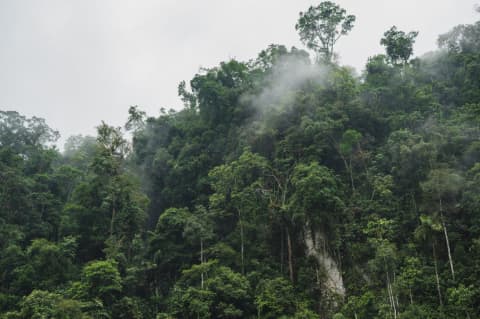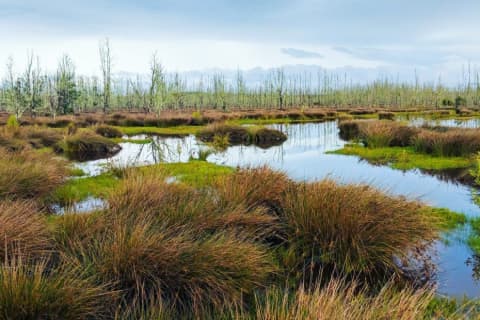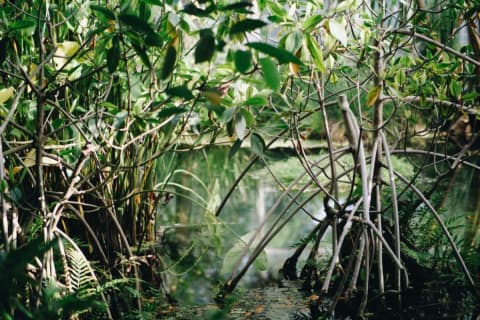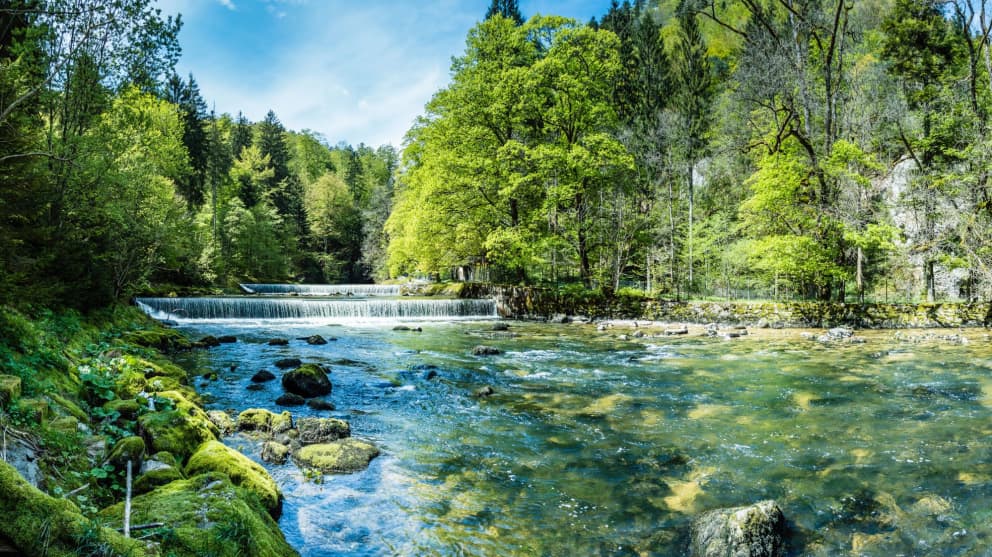Biological Climate Solutions
Biological climate solutions protect the climate and the environment. They can provide more than a third of the cost-effective climate mitigation needed by 2030, stabilize warming to below 2°C as part of the Paris Climate Agreement, reduce greenhouse gas concentrations in the atmosphere by activating natural carbon sinks, promote socio-economic development and improve the lives of people.

Advantages and opportunities
Biological climate solutions are a bridge between social benefits, economic development, and wealth creation as well as climate and environmental protection. (Impact) Investments in biological climate solutions help reduce the financial impacts of climate change and contribute to the creation of new jobs, the security of livelihoods, and the reduction of poverty of the people. If we think about this holistically and do not pursue the goal of "buying free" (e.g. through certificates), biological climate solutions help us get close to the United Nations Sustainable Development Goals (SDGs):
- They support vital ecosystem services.
- They contribute to positive biodiversity.
- They promote access to freshwater.
- They are the basis for improved livelihoods, healthy diets, and food security through sustainable food systems.
Types of biological climate solutions






